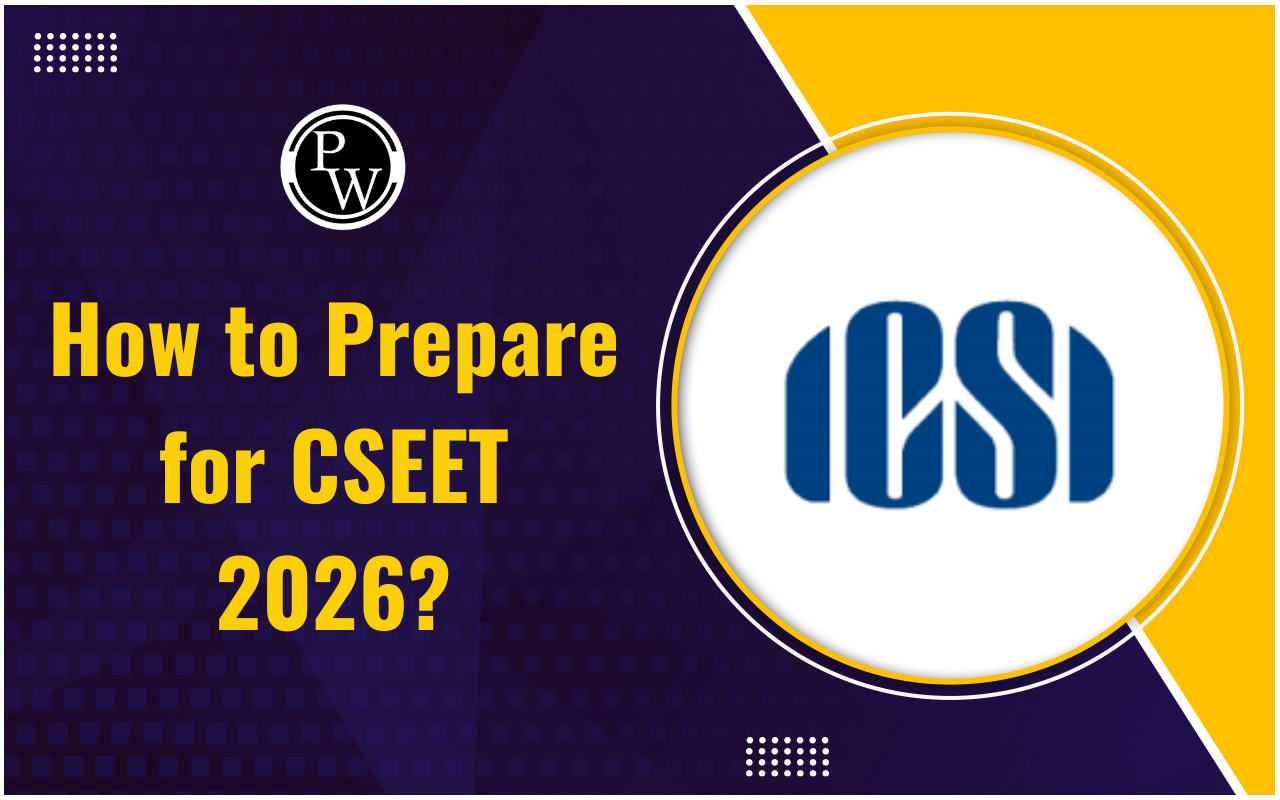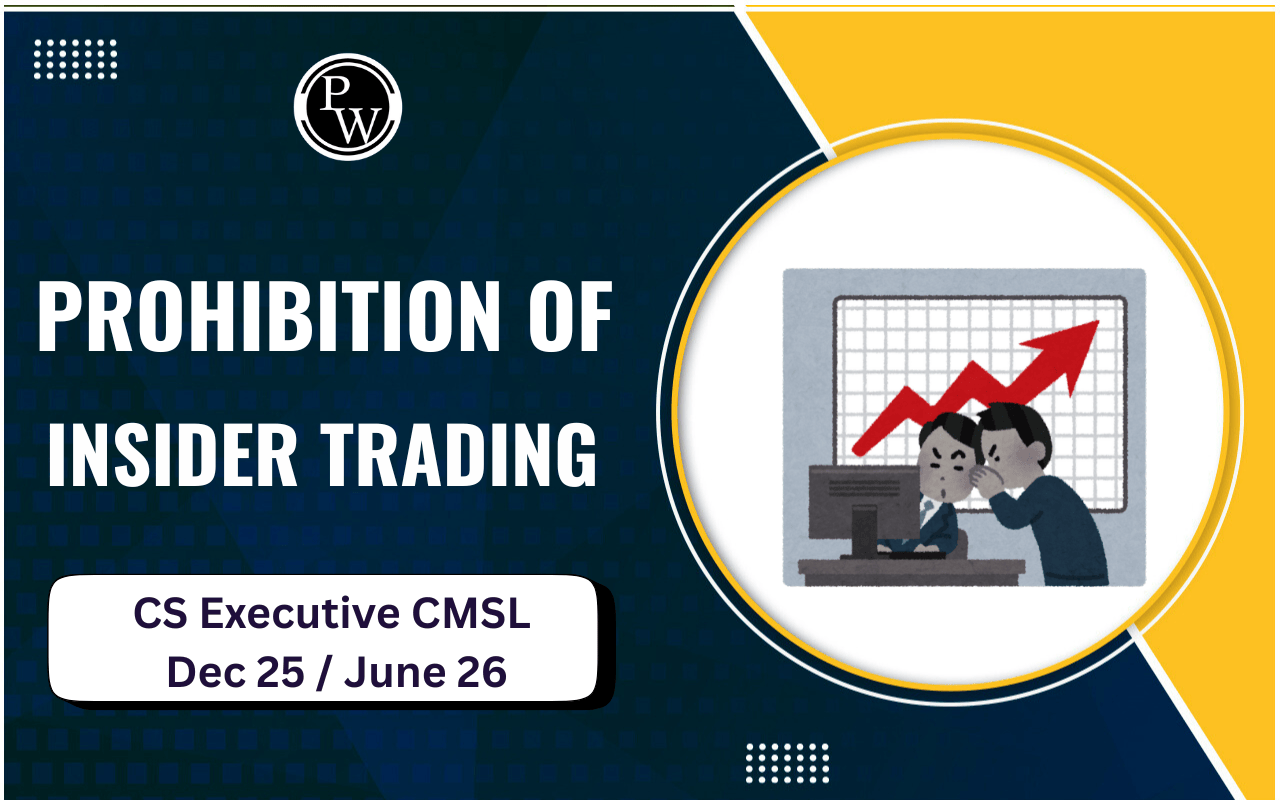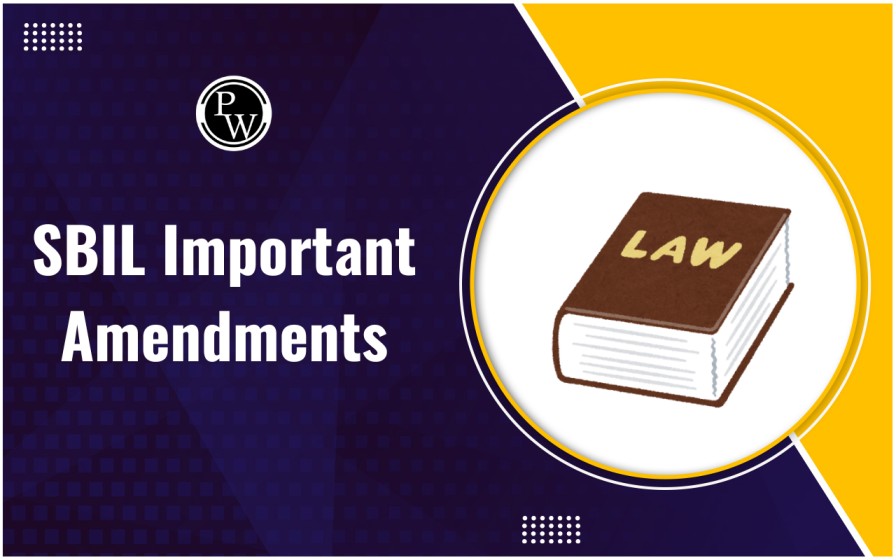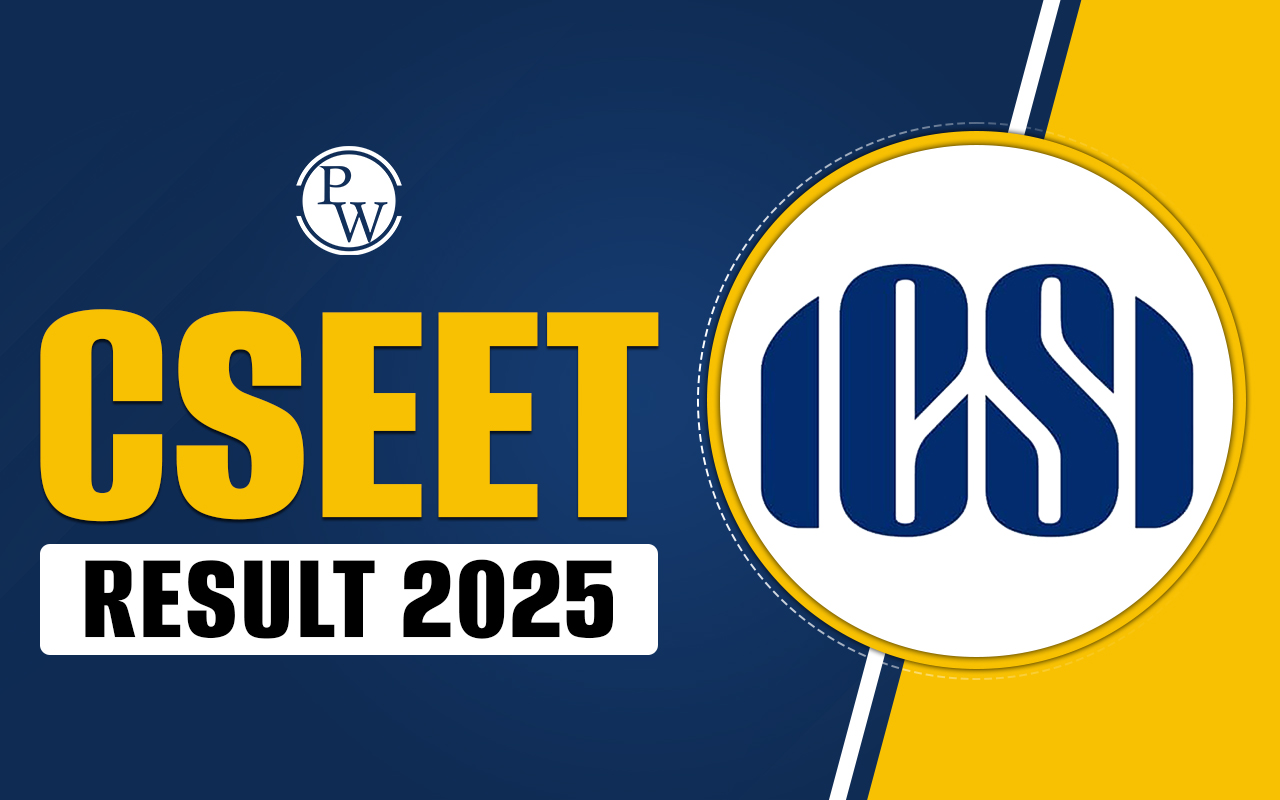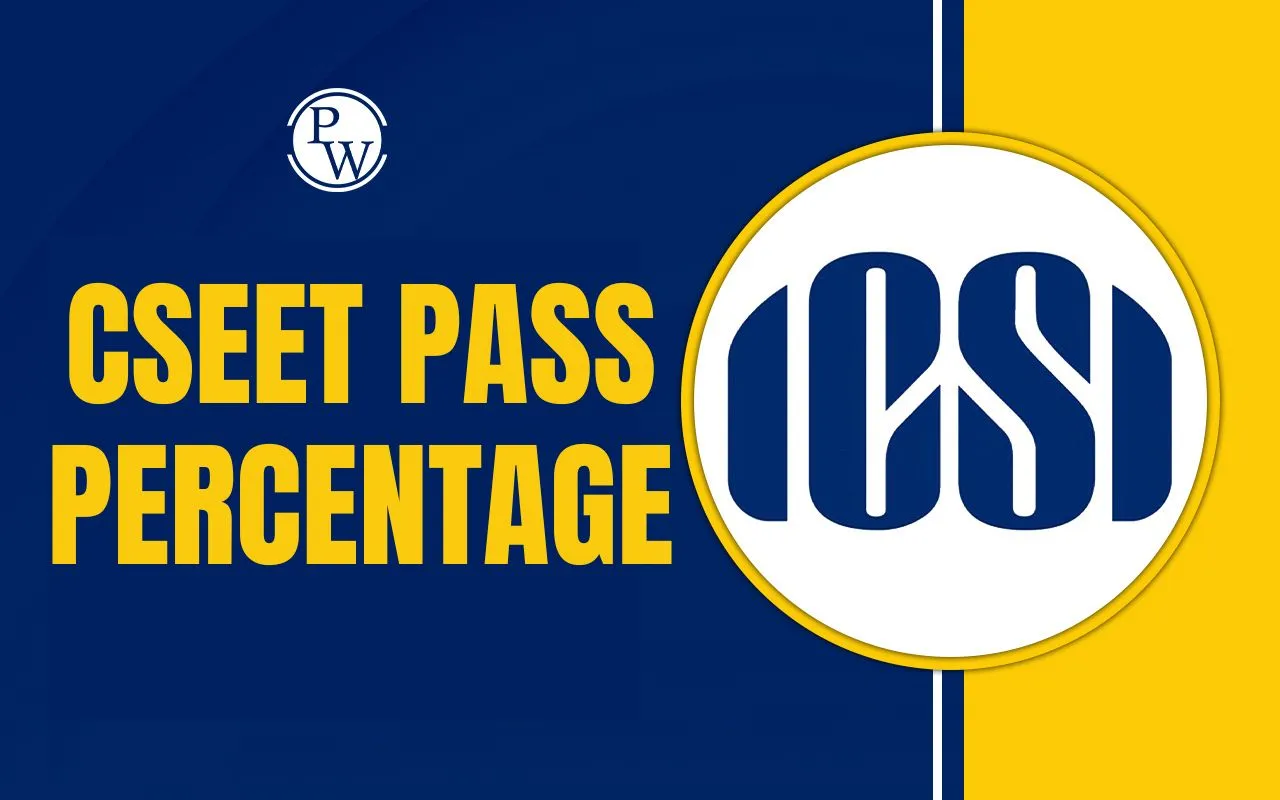
Buy-back of Securities: The volatile nature of the stock market can lead to considerable profits and significant losses. To navigate these challenges, companies often buy back their shares or other securities . This strategy reduces the number of available shares and can increase the value of the remaining ones. Understanding the buy-back of securities process and its impacts helps investors make informed decisions in the complex financial market. Let’s learn the buyback securities process in detail.
What Does Buy-Back of Securities Mean?
The buy-back of securities, also known as a share repurchase, is when a company buys its shares from existing shareholders. This process reduces the number of outstanding shares in the market. For example, if a company with 1,000,000 shares repurchases 100,000, only 900,000 shares remain in the market. This process is typically done through a tender offer where the company offers to buy back shares at a price higher than the current market price. Shareholders can then return all or part of their shares to the company. The buy-back is funded through the company's cash reserves, debt, or other financial means.The Process of Buy-Back of Securities
The buy-back process begins with the company's board of directors authorizing a buy-back plan. This plan specifies the number of shares to be repurchased and the timeframe for the buy-back. The funding for buy-back typically comes from the company’s cash reserves, although companies may also use debt financing, especially when interest rates are low. Once the plan is authorized, the company announces its buy-back of securities intentions through financial statements or press releases to inform shareholders and the market. The company then executes the buy-back according to the chosen method (tender offer or open-market purchase). Throughout this period, the company monitors the buy-back securities progress to ensure it aligns with the authorized plan and adjusts as necessary.Why Do Companies Buy-Back of Securities?
Companies buy-back shares or other specific securities for various strategic reasons. Here are some of the key motivations behind buy-backs:To Enhance shareholder value
When a company buys- back its shares, it reduces the total number of outstanding shares in the market. This action increases the earnings per share (EPS) since the company's profits are distributed among fewer shares. A rise in EPS can boost the attractiveness of shares to investors.To Optimise capital structure
Companies use buy-backs to optimise their capital structure by reducing the equity base. This leads to a more favourable debt-to-equity ratio and improves the company's creditworthiness and financial health.To Boost investors' confidence
A share buy-back can signal to the market that the company believes its stock is undervalued. This positive signal can boost investor confidence, leading to increased demand for the company's shares and a potential rise in the share price.To Achieve tax efficiency
In some jurisdictions, share buy-backs can be a more tax-efficient way to return value to shareholders than dividends. Capital gains taxes on stock appreciation are typically lower than taxes on dividend income, making buy-backs an attractive option for shareholders.To Return surplus cash
Companies with surplus cash might buy back shares to return excess cash to shareholders. This can be seen as a reward or bonus for shareholders.To Invest in itself
By buying back its shares, a company invests in its own stock. This can be profitable if the stock's value is expected to rise. The company can benefit from future increases in the stock price, similar to any other investor.Exit route for shareholders
Buy-back of securities can provide an exit route for shareholders, especially when a company's stock is thinly traded or undervalued. This allows shareholders to sell their shares back to the company at a fair price, which can be particularly useful in times of declining stock prices.Increase in return on capital
By reducing the number of outstanding shares, buy-backs can improve key financial metrics such as return on investment (ROI) and return on equity (ROE). This can enhance the company's long-term shareholder value and make it more attractive to investors.How Do Companies Buy Back Their Securities?
Buy-back of securities is a mechanism through which a company repurchases its shares or other specified securities from the market. This process can help improve the company’s financial health, increase the value of remaining shares, and provide an exit opportunity to shareholders. The SEBI (Buy-Back of Securities) Regulations, 1998, outlines various methods companies can use to buy back their securities. Here are the primary modes of buyback:Tender Offer
In a tender offer, a company offers to purchase its shares from existing shareholders at a specified price, usually at a premium to the market price. Shareholders have the choice to sell their shares back to the company according to their respective ownership percentages. This method lets a company directly negotiate with shareholders, offering them an attractive exit option.Open Market Purchase
A company buys back its shares directly from the stock exchange over an extended period through open market purchases. This method allows the company to buy shares at prevailing market prices, providing flexibility and often leading to a gradual accumulation of shares. It is usually executed through a broker and is subject to market conditions and regulatory guidelines.Book-Building Process
The company determines prices and asks shareholders to bid for the buy-back of securities during the book-building process. The final buyback price is determined based on the bids received, and all accepted bids are paid the highest price accepted in the process. This method ensures a fair price discovery through a transparent, electronically linked system.Odd-Lot Buyback
An odd-lot buyback targets shareholders holding odd-lot shares, which are fewer than the standard trading unit. This method helps small shareholders sell their holdings, which might be challenging to trade in the open market. The company buys these shares at a predetermined price, providing liquidity to small shareholders. Each of these methods has its unique advantages and serves different strategic purposes for the company. By choosing the appropriate buyback method, a company can efficiently manage its capital structure, enhance shareholder value, and signal confidence in its financial futureImpacts of Buy-back on Investors And Shareholders
Share buy-backs can have significant implications for investors and shareholders. Here are the key impacts:Increased ownership percentage
Share buy-backs reduce the total number of outstanding shares, leading to each remaining share representing a larger ownership stake in the company. This increase in ownership can enhance the value of each shareholder's investment. Potential capital gain If a company buys back shares at a price lower than what shareholders initially paid, those shareholders could realize a capital gain when they eventually sell their shares. This is because the reduced number of shares can drive up the share price over time. Potential for Increased Dividends With fewer shares outstanding, a company’s future earnings can be distributed among a smaller shareholder base. This can lead to increased dividends per share, providing more income to shareholders. Boost in Share Price Share buy-back often signals that the company believes its stock is undervalued, which can boost investor confidence. This positive sentiment can increase stock demand and the stock price. Improved Financial Ratios Buy-back can improve key financial metrics such as Earnings Per Share (EPS) and Return on Equity (ROE). These improved ratios can make the company appear more financially healthy and efficient, attracting more investors.Buy-Back of Securities FAQs
What is the purpose of a securities buy-back?
A securities buy-back allows a company to purchase its shares from the market, which can help consolidate ownership, improve financial ratios, and signal confidence in the company's future performance.
What methods can a company use to buy-back its shares?
A company can buy-back its shares through a tender offer to existing shareholders, open market purchases, book-building processes, or buying from odd-lot holders.
What are the conditions for a company to initiate a buy-back ?
The company must pass a special resolution at a general meeting or be authorized by the Board of Directors. The company must also provide public notice and file the resolution with SEBI and the stock exchanges.
Are there restrictions on buy-back from specific shareholders?
Yes, a company cannot buy back its shares from promoters or persons in control of the company through the stock exchange, and it must follow regulations to prevent insider trading and unfair practices.
How must a company handle the bought-back shares?
The bought-back shares must be extinguished and physically destroyed within fifteen days of acceptance, and the company must maintain a record of these transactions and report them to the relevant stock exchanges.
🔥 Trending Blogs
Talk to a counsellorHave doubts? Our support team will be happy to assist you!

Check out these Related Articles
Free Learning Resources
PW Books
Notes (Class 10-12)
PW Study Materials
Notes (Class 6-9)
Ncert Solutions
Govt Exams
Class 6th to 12th Online Courses
Govt Job Exams Courses
UPSC Coaching
Defence Exam Coaching
Gate Exam Coaching
Other Exams
Know about Physics Wallah
Physics Wallah is an Indian edtech platform that provides accessible & comprehensive learning experiences to students from Class 6th to postgraduate level. We also provide extensive NCERT solutions, sample paper, NEET, JEE Mains, BITSAT previous year papers & more such resources to students. Physics Wallah also caters to over 3.5 million registered students and over 78 lakh+ Youtube subscribers with 4.8 rating on its app.
We Stand Out because
We provide students with intensive courses with India’s qualified & experienced faculties & mentors. PW strives to make the learning experience comprehensive and accessible for students of all sections of society. We believe in empowering every single student who couldn't dream of a good career in engineering and medical field earlier.
Our Key Focus Areas
Physics Wallah's main focus is to make the learning experience as economical as possible for all students. With our affordable courses like Lakshya, Udaan and Arjuna and many others, we have been able to provide a platform for lakhs of aspirants. From providing Chemistry, Maths, Physics formula to giving e-books of eminent authors like RD Sharma, RS Aggarwal and Lakhmir Singh, PW focuses on every single student's need for preparation.
What Makes Us Different
Physics Wallah strives to develop a comprehensive pedagogical structure for students, where they get a state-of-the-art learning experience with study material and resources. Apart from catering students preparing for JEE Mains and NEET, PW also provides study material for each state board like Uttar Pradesh, Bihar, and others
Copyright © 2025 Physicswallah Limited All rights reserved.
Get App
